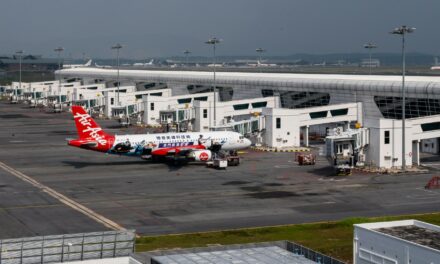Brunei and Laos have both joined an initiative to advance cross-border payment connectivity across the ASEAN region.
Brunei Darussalam Central Bank and Bank of the Lao PDR have both inked the Memorandum of Understand on Cooperation in Regional Payment Connectivity.
Enhancing trade
This initiative will enhance trade, investments, and economic activities in the region, while also strengthening cooperation among central banks.
More specifically, it will provide small and medium-sized enterprises access to the international market, making trade easier, and facilitating worker remittance transactions, among other benefits.
BDCB joined the initiative at the end of February this year, while BOL joined on Wednesday during the 11th ASEAN Finance Ministers’ & Central Bank Governors’ Meeting.
This brings the RPC group to eight ASEAN central banks.
Indonesia, Malaysia, Philippines, Singapore, and Thailand founded the initiative in late 2022. Meanwhile, Vietnam joined in August last year.
Leveraging technology
The initiative includes a digital payment system in regional countries using the Indonesian Standard QR Code, or QRIS.
QRIS is a way to pay digitally using QR codes. It is designed to help central banks make digital payments consistent across different apps and services like e-wallets and mobile banking.
By bringing together QR codes from different payment providers, QRIS makes transactions simpler and more centralized. This means users don’t have to switch between various payment apps. As a result, paying with QR codes becomes easier, faster, and safer.
RPC will also lean on other payment methods like Fast Payment, and the Real Time Gross Settlement payment system.
In the long term, working together on cross-border payments in the region can help keep the exchange rates of ASEAN countries steadier, without relying too much on the US dollar.
The value of gross digital payments across the six largest ASEAN economies reached USD806 billion in 2022, according to the World Economic Forum. This was up 14% from 2021, and is forecast to rise to close to USD1.2 trillion by 2025.
The availability of smartphones and increased internet penetration in the region have played a central role in the adoption of online banking services, mobile money and e-wallets.
This, alongside the digital infrastructure to support cross-border transactions, will support the seamless flow of funds across ASEAN nations, promoting economic growth, financial inclusion, and stability in the region.






